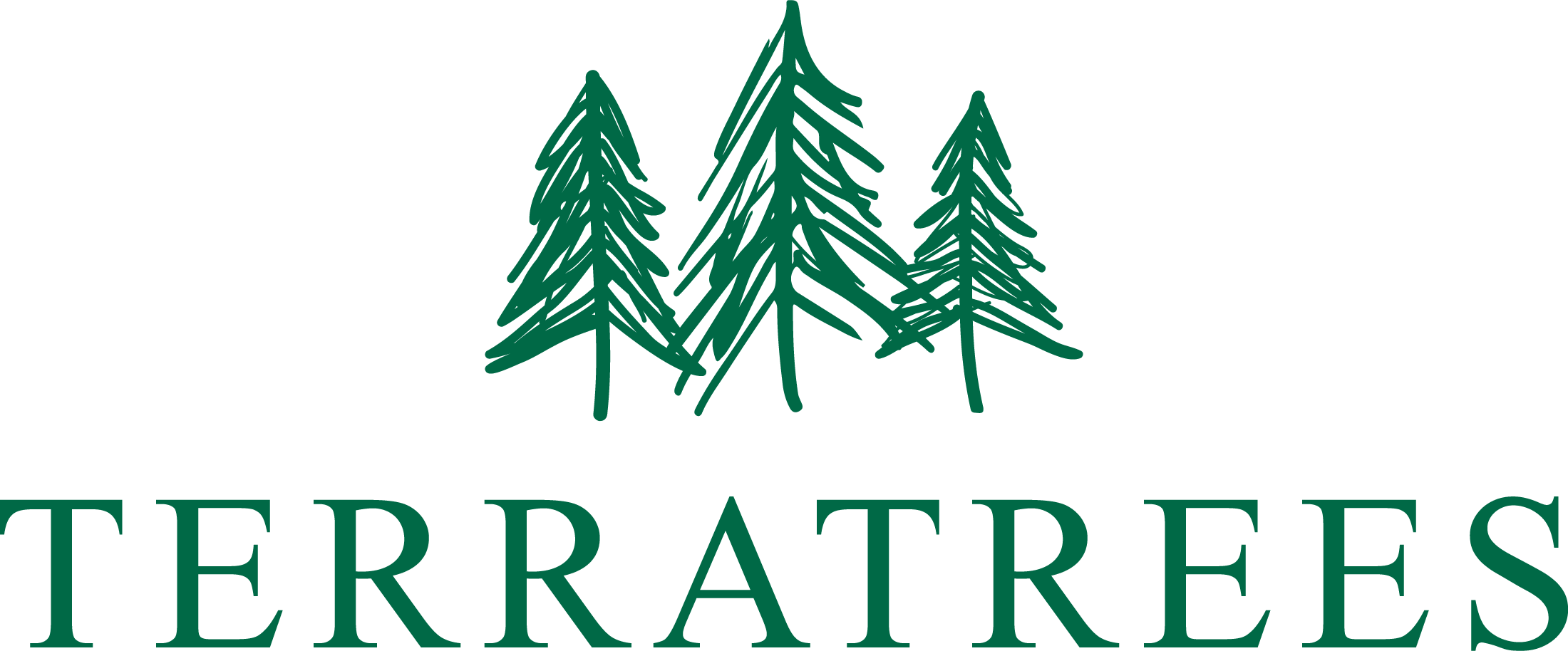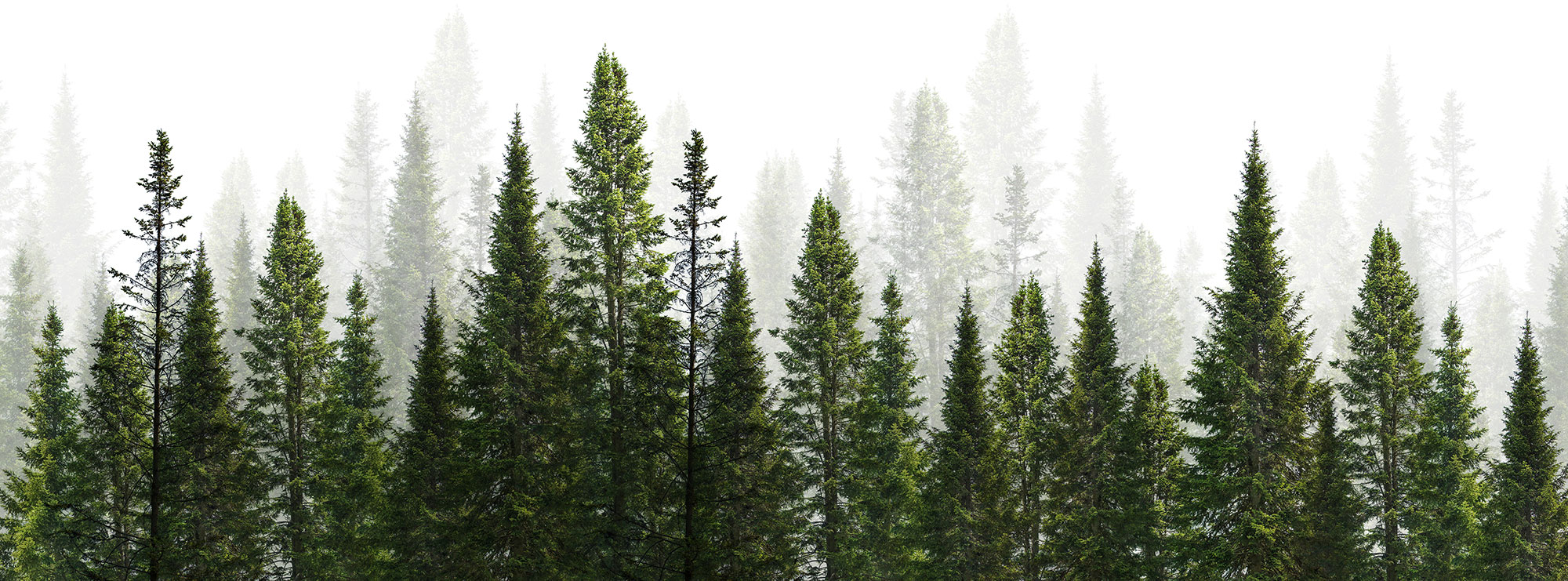With massive tree-planting campaigns everywhere we look, what does ‘right tree, right place’ actually mean? Why is it important and what are many planting organizations and tree drives forgetting?
On the surface, it seems so simple, right? Pick a tree species that is native to the area and put them in the ground. BOOM 💣 Done! 🙌
Unfortunately, it’s not that simple.
Native Tree Species, Merely the First Consideration
Choosing trees that are native to the area is the perfect starting point! If a tree species would normally grow in the wild in that area, it obviously has the properties suited to the environment. However, there’s a lot more to consider if we want high tree survival rates. What about making sure those trees don’t just survive, but actually thrive?
Thriving Trees = Healthy Forests
Some important factors to consider when planting trees are time of year, protection from animal browsing, manual brush control for sunlight competition, overstory considerations (will the seedlings have too much shade or not enough), adequate volume of uncompacted soil, and biodiversity strategy (are you planting many different species like what happens in nature or are you planting only one type of tree?).
Additionally, we should ask if the forest is being professionally managed so that decades later, thoughtful, selective harvesting and/or prescribed burns to reinvigorate forests can be done if the trees need space to stretch their canopies and protection from pest, disease, and wildfire threats.
Planting Goals Matter
If we truly care about our forests, we need to do more than plant for the sake of getting a specific number of trees in the ground and then walking away. Sadly, this is what happens in some tree-planting campaigns. Many organizations will run a massive social media blitz about a planting event, but how many of those trees actually survive? Can anyone tell you what happened to your tree a year later? Five years? Ten years?
At TerraTrees, we believe in full transparency with our customers and pride ourselves on the amount of care and thought that goes into our tree plantings. Beyond the planting strategy phase, we walk the land to check up on those baby trees. We also have excellent survival rates because of the forethought that goes into the plantings, but for those that don’t survive, we replant. We do this year after year. This is what we call no-walk-away forestry, and it’s very rewarding for everyone involved.
Don’t get us wrong, the world definitely needs all kinds of plantings—urban and remote, national parks and private lands, mangroves and pines and everything in between. But as much as possible, we also need careful planning and continual nurturing of those special ecosystems so as not to waste our precious resources.
Because each tree matters and should be given the best chance of survival.
So what can you do to make sure your environmental goals and tree investments are being handled ethically?
- Find out as much as you can about the team or organization that is putting the trees in the ground.
- They should employ or be working with professional foresters.
- The organization should communicate where and when your tree is being planted.
- They should also provide annual updates for at least three years.
- Make sure they can communicate their after-care plan to manage the site.
Sometimes it’s very difficult to find this information about an organization. Before starting TerraTrees, we experienced it ourselves. In one case, we paid $130 for three memorial trees, but once the sale was made and the certificate was emailed, that was it. Transaction completed. When we reached out to learn more about where the trees were going to be planted, when, or even what species, we never heard back.
Communication is very important in this work. That was one of the reasons why we felt compelled to start TerraTrees. To pull the curtain back on our process and help others who feel passionate about forests and the planet actually work with us toward something beautiful.
Help us diversify our forests in 2023 and expand America’s forest footprint in 2024 and beyond.
We’d love to bring you along on the journey.

